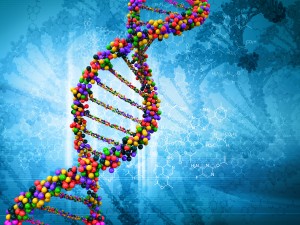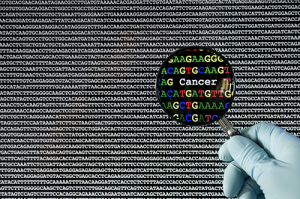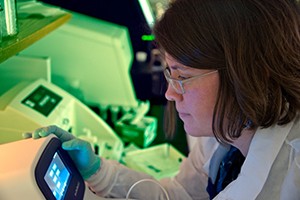I am not going to pretend that I am an expert on racism in the states. As an average Canadian high school student, I know that my research has only scratched the surface of the layers of inequality and injustice that have, and still take place. However, I will do my best to compare how racism was back then, and how it is now.
“Back then” refers to throughout the 1900s, focusing around the 1940s-1950s. There were darks times, known as “The Great Depression “. During this time, the economy crashed, causing many people to lose their jobs. This made a huge impact on the lives of African Americans because they were held at a disadvantage due to racial profiling.
African Americans were treated unfairly, for example, there were laws stating that they were not allowed to drink from the same water fountains as Caucasians, as well as be treated at the same hospitals. The Klu Klux Klan was instated. They are a terrorist hate group with a purpose to cause harm to people of colour. It was socially acceptable to be openly racist and discriminative, in fact, it was law.
Today, racism is still around. Although the unjust laws discriminating African American people have been abolished, racism and racial prejudice still exists. A pattern of police targeting African Americans still persists even today. People are racially profiled at airports just based on their skin colour. Recently, Harvard University was faced with a lawsuit regarding Asian Americans needing a higher test score than others to be accepted into a program.
Racism used to be socially acceptable, but now it is not. Unfortunately prejudice and inequality still seeps through the cracks and hides behind other ideas. Just because racism is not in plain site, does not mean that its not there.





